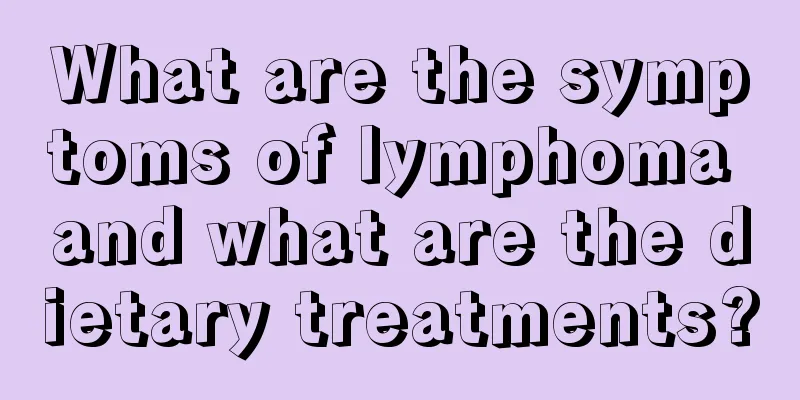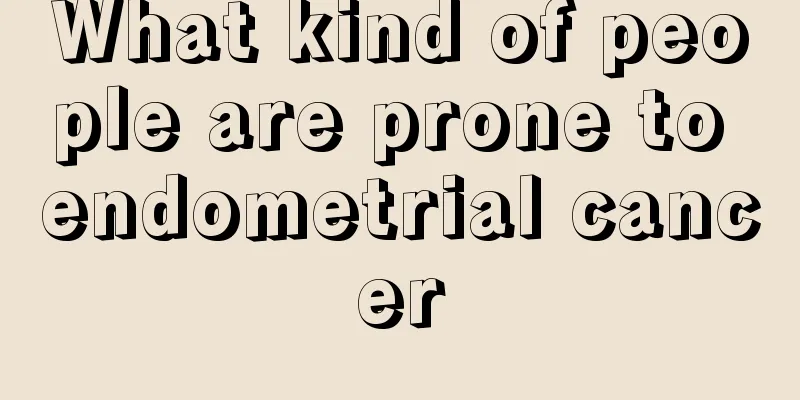How to treat purpura nephritis

|
Purpura nephritis is a relatively common kidney disease and also an adverse symptom caused by purpura. If purpura nephritis occurs, it needs to be treated promptly. After all, the kidneys have a very important impact on the overall functioning of the human body. So, if a patient has purpura nephritis, how should it be treated? Here I will introduce to you the treatment methods of purpura nephritis! 1. Treatment principles Actively control immune inflammatory responses, inhibit glomerular mesangial proliferative lesions, and prevent and delay the formation of chronic renal fibrosis. 2. General treatment Pay attention to rest and maintain water and electrolyte balance. Patients with edema and heavy proteinuria should be given a low-salt diet, limit water intake, and avoid high-protein foods. Prevent upper respiratory tract infections, clear chronic infection lesions, find allergens, and avoid re-contact. 3. Medication (1) Isolated hematuria or pathological grade I: only appropriate treatment should be given for Henoch-Schonlein purpura. Changes in the condition should be closely monitored, and follow-up for at least 3 to 5 years is recommended. (2) Isolated proteinuria, hematuria and proteinuria or pathological grade IIa Angiotensin-converting enzyme inhibitors (ACEI) and/or angiotensin receptor blockers (ARB) have the effect of reducing proteinuria, such as tripterygium wilfordii glycosides. But be aware of its side effects. (3) Non-nephrotic proteinuria or pathological grade IIb or IIIa: Treatment is with tripterygium wilfordii polyglycosides or hormones combined with immunosuppressants, such as hormones combined with cyclophosphamide, combined with cyclosporine A or tacrolimus. (4) Nephrotic syndrome or pathological grade IIIb or IV: The clinical symptoms and pathological damage are both severe. Currently, the treatment is mostly based on hormones combined with immunosuppressants. Among them, the most effective treatment is glucocorticoids combined with cyclophosphamide (CTX). If the clinical symptoms are severe, the pathology is diffuse or accompanied by crescent formation, methylprednisolone pulse therapy can be used. (5) Rapidly progressive nephritis or pathological grade IV or V. The symptoms are severe and the disease progresses rapidly. Triple to quadruple therapy is often used. The commonly used regimen is: methylprednisolone pulse therapy for 1 to 2 courses, followed by oral prednisone + cyclophosphamide (or other immunosuppressants) + heparin + dipyridamole. 4. Plasma exchange Clinical manifestations of Henoch-Schonlein purpura nephritis are rapidly progressive nephritis, and renal biopsy shows a large number of crescent formations (> 50%). Active treatment measures such as plasma exchange should be taken. It can reduce kidney damage and slow down the progression of renal failure. |
<<: Purpura appears on the skin
Recommend
Will female teratoma affect life expectancy?
Will teratoma affect life expectancy in women? Pe...
What is the most effective way to treat physical weakness and excessive sweating?
Physical weakness and excessive sweating is a com...
Can I eat mung beans if I have gastroenteritis?
Gastroenteritis is the most typical gastrointesti...
What should I do if I sprain my knee? You need to know these
Knee sprain is a very common condition in daily l...
Three very important brain cancer care methods
After suffering from brain cancer, many parts of ...
These 5 types of men are more likely to lose their anterior "gland"! I hope you know
At present, the number of men suffering from pros...
What medicine should I take for allergic dermatitis?
Allergic dermatitis is a common skin disease. The...
What to do if a tooth decay hurts
Toothache caused by tooth decay is a very common ...
What are the four early symptoms of lymphoma
What are the early symptoms of lymphoma? Four sym...
Will I get rabies if bitten by a wolf?
There are many sources of rabies transmission, su...
This is a magic weapon for clearing lungs when you hold it in your mouth
Ginger is said to "cure all diseases". ...
Does donating plasma have any effect on the body?
At present, many people donate blood or plasma. T...
Tips to remove floating objects after boiling water
No matter what kind of water we usually drink, gr...
How to clean platinum to make it more shiny
Platinum is a relatively precious jewelry, and it...
What are the means of detecting breast cancer?
At present, doctors mainly use the following meth...









